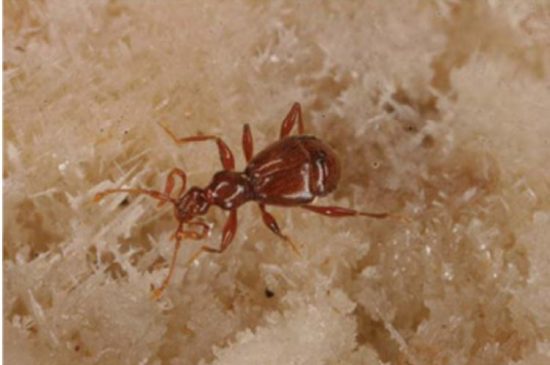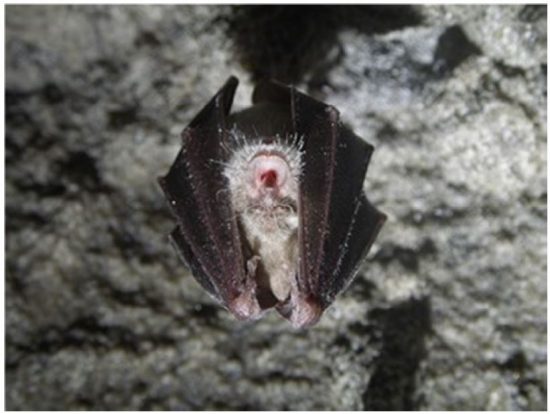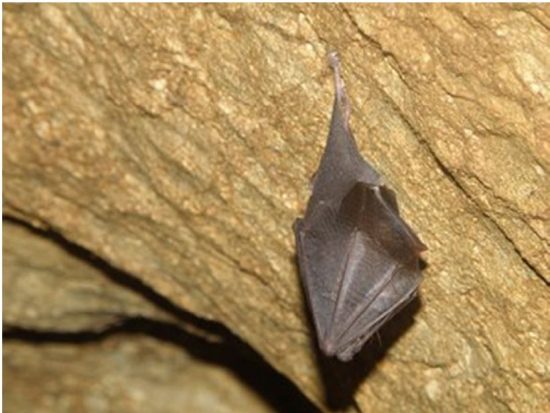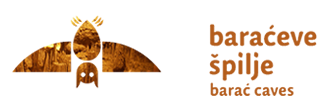Biodiversity

The diversity of habitats is closely connected with geographical position, stratification of the relief, geological, climatological and hydrographic conditions and human influence. On the territory of this Protected
Landscape, ten different habitat types have been recorded, together with an underground habitat. Permanent and intermittent watercourses, limestone rocks, caves and forests are natural habitats, while the grasslands and shrublands are referred to as semi-natural habitats as they are created through human influence. Out of them, six recorded habitat types have been included in the list of endangered and rare habitat types of European and national importance. These are Alpine-Carpathian-Balkan limestone rocks, Sub-Atlantic mesophile grasslands and mountain meadows on carbonate soils, European dry heaths and matgrass grassland, mesophile hedges and shrubland in Continental (or, in exceptional cases, Mediterranean) regions, mixed oak-hornbeam and oak woods, sessile oak and plain hornbeam forests, mesophile and neutrophile pure beech woods and karst caves and pits. Caves and pits are but a small part of the subterranean karst environment. Each cave habitat features a specific fauna and abiotic environmental conditions, and each of them may contain a different selection of species. On the territory of the Protected Landscape of Barać Caves, targeted research was performed only on the cave fauna in Upper Barać Cave, Lower Barać Cave and New Barać Cave, as well as on the bats in Upper Barać Cave and Lower Barać cave. The remaining flora and fauna have not yet been the object of systematic research. Thus, the representation of species may only be assumed according to the propagation areas from the databases of the State Institute for Environmental Protection (DZZP) and other available databases. According to the research conducted so far, 15 cave fauna species have been recorded in Barać Caves. Specimens of the genera Meta, Histopona, Nesticus from the order of spiders have been recorded, as have specimens of the genus Chthonius from the order of pseudoscorpions and, from the order of caddisflies, specimens of the genus Micropterna. Lower Barać Cave is a typical locality for the families of Machaerites pavleki and Parapropus sericeus sinuaticollis. Both beetles are endemic to Croatia, while Machaerites pavleki has only been found in Lower Barać Cave. The biospeleological research conducted so far has shown that Barać Caves are important sites in which endemic species have been discovered: the species Neobisium stygium ssp. and the previously mentioned two species Machaerites pavleki and Parapropus sericeus sinuaticollis, which are endemic to Croatia. The species Titanethes albusis endemic to the area of the Western Dinarides, while the small pseudoscorpion from the genus Chthoniusis most likely endemic to the area of Rakovica. The wider area of the Protected Landscape of Barać Caves is the potential habitat of 2 species of amphibians, 9 species of butterflies and 6 species of plecoptera, which are species that are strictly protected according to the Ordinance on Strictly Protected Species. It is the potential habitat of 10 species of birds, of which one has the status of vulnerable (VU), while two are neat threatened (NT). The presence of 5 species of mammals listed in the Red List of Mammals of the Republic of Croatia is recorded, while 16 more species are also potentially present. The presence of three large beasts – the wolf, bear and lynx – is also presumed. The bat fauna in this area has remained almost entirely unexplored. In the early 20th century, the species of greater mouse-eared bat (Myotis myotis) was recorded in Upper Barać Cave, together with a large quantity of aguana. During the speleological research conducted in the summer of 1971, a bat colony consisting of 1000 specimens was seen, but their species was not identified. In February 2015, research on the hibernation of bats in Lower Barać Cave and Upper Barać Cave was conducted, in which the hibernation of the greater horseshoe bat and lesser horseshoe bat was confirmed in both caves, while the species of southern horseshoe bat was also recorded in Lower Barać Cave. It must be stressed that, according to the data on the alpine biogeographical region, Upper Barać Cave represents one of the larger hibernacula for the species of greater horseshoe bat and lesser horseshoe bat.


Within the protected area, there are several different types of forest habitats: mixed oak-hornbeam forests, pure hornbeam forests and pure beech forests. They cannot be viewed as being composed of purely one species, and therefore individual trees of littleleaf linden, sycamore, field maple, wild cherry, common ash, white willow can be seen, together with planted spruce and black poplar trees, while the shrubs also feature hazel, hawthorn, blackthorn, dogwood and other species. Taking into consideration the variety of species of the undergrowth, it is clear that the Protected Landscapes truly boasts an impressive biodiversity.

